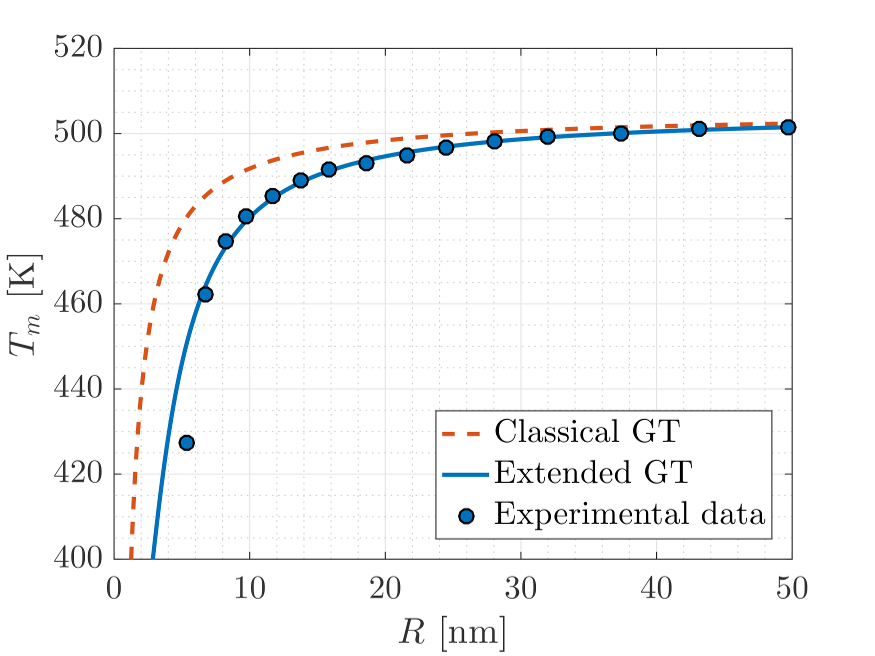Overview
For nearly 200 years, Fourier's law has been used to mathematically describe the transport of thermal energy (heat) from hot regions to cold regions. The equations that result from Fourier's law are now of fundamental importance in the applied sciences, where they are used, for instance, to theoretically predict the temperature distribution of objects and the dynamics of phase change. However, advances in nanotechnology have revealed that Fourier's law breaks down on the nanoscale. That is, mathematical models based on Fourier's law are unable to predict the thermal responses of nanodevices that are measured experimentally. With efficient thermal management playing a crucial role in the development of nanotechnologies, there is now a clear need to derive and validate new models of heat conduction that extend Fourier's law to the nanoscale.
Nanoscale heat transfer
Current theories of heat transfer are based on the concept of phonons. A phonon is an energy-carrying quasi-particle. The process of heat transfer is described in terms of phonon collisions. At the macroscopic level, the transport of thermal energy can be considered a diffusive process, whereby phonons collide with very high frequencies. However, the mean free path of phonons are on the order of nanometers. Therefore, when describing heat transport on the nanoscale, it is important to account for the distance between phonons and the time between their collisions. Rather than being a diffusive process, nanoscale heat transport can be considered a ballistic process governed by infrequent phonon collisions. In addition, with phonon-phonon collisions being so infrequent, collisions between phonons and device boundaries can have a detrimental impact on heat conduction, and this must be considered as well.
A major focus of the NanoHeat group is to develop models of nanoscale heat transfer that are based on non-Fourier laws of heat conduction. In essence, these extensions of Fourier's law account for the mean free path of phonons and the times between their collisions.
Nanoscale phase change
The dynamics of melting also change at the nanoscale, where they become dominated by surface effects. For instance, the melting temperature of spherical nanoparticles strongly decreases with size, with reductions of up to 500 K being reported in the case of gold. We are developing new models to capture the size dependence of key thermal properties, which is crucial for understanding how nanoscale objects respond to changes in their thermal environment.

Another large focus of the group is to understand how nanoscale heat transport affects the dynamics of phase change. We are developing new models that couple non-Fourier conduction laws to the Stefan problem for phase change. We have found that additional thermal transport mechanisms can lead to a rich set of phase-change behaviours, which can be studied using asymptotic and numerical methods.
